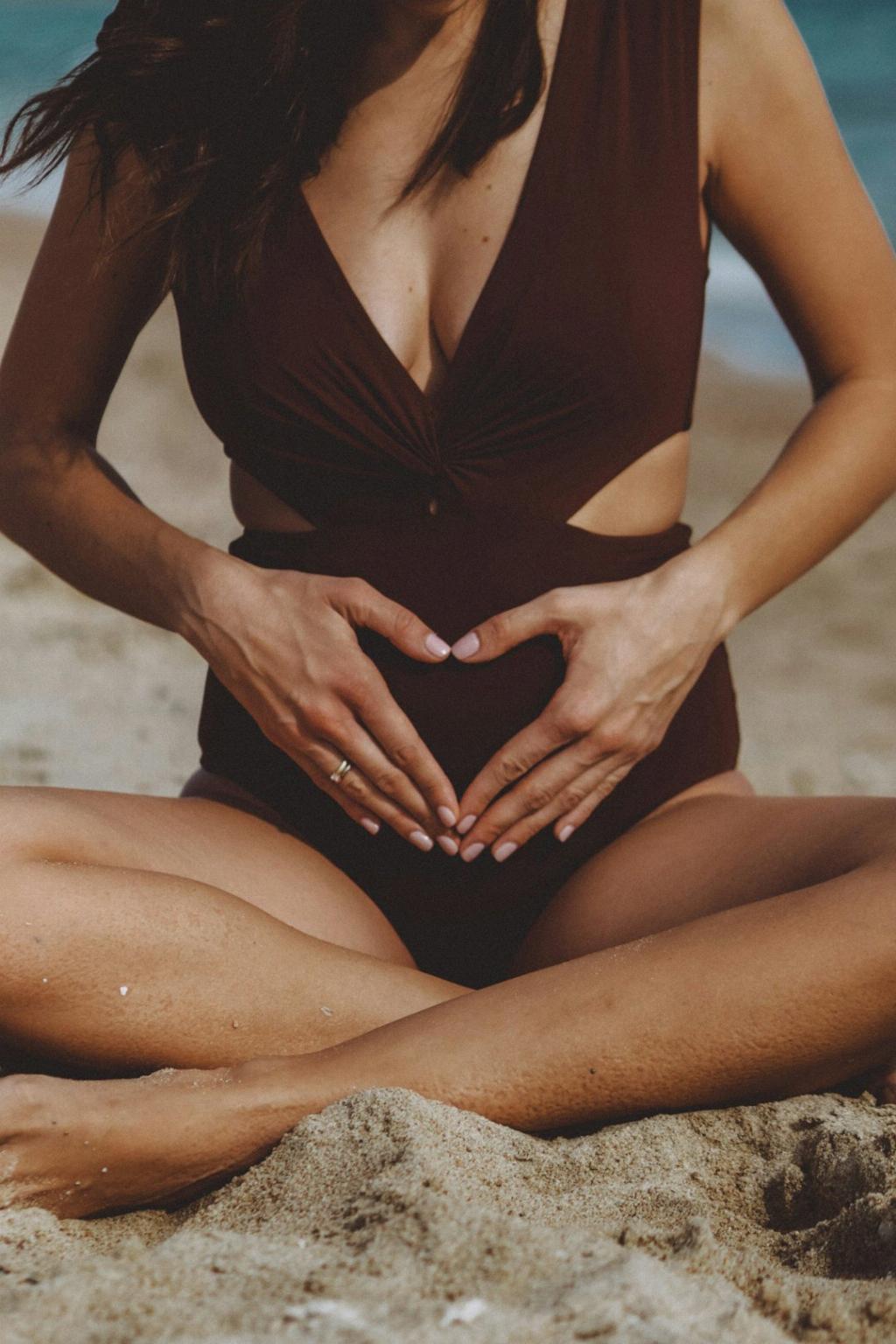At 22 weeks, your baby’s development has reached a significant milestone. This stage signals the full development of the retinas of your baby’s eyes, a vital aspect of their sensory perception. As you approach the halfway mark of your pregnancy journey, it’s fascinating to consider the positioning of your growing baby.
One notable characteristic of your baby at 22 weeks is their increased activity. Due to the ample space in your womb, your little one is likely moving around quite energetically. This constant motion is a reassuring sign of their health and vitality. You may even start to notice these movements more frequently as your baby continues to grow and explore their surroundings.
When it comes to the positioning of your baby at 22 weeks, it’s essential to understand that there isn’t a fixed stance. However, it’s common for babies at this stage to adopt a transverse position, which means they are lying horizontally across your abdomen. This positioning allows them to maximize their movements and explore the space within the womb.
Despite the tendency towards a transverse position, it’s essential to note that your baby is not confined to this orientation. In fact, at 22 weeks, your little one is constantly changing positions. From somersaults to gentle kicks, your baby is actively exploring different ways of being within the womb environment.
As your baby’s muscles continue to strengthen and develop, they may start assuming various poses and postures. This flexibility in positioning is a testament to the adaptability and resilience of your growing baby. Each movement and change in orientation contribute to their overall growth and development.
While a transverse position may be prevalent at 22 weeks, it’s crucial to remember that your baby’s movements are dynamic and ever-changing. From head-down to breech positions, your baby may explore a range of orientations as they prepare for their eventual entry into the world.
At this stage of pregnancy, the amniotic fluid surrounding your baby provides a cushioning effect, allowing them to move freely and without constraints. This fluid environment supports your baby’s movements and facilitates their exploration of different positions within the womb.
As you continue to monitor your baby’s movements and growth, it’s essential to stay attuned to their patterns and behaviors. Noting changes in positioning and activity levels can provide valuable insights into your baby’s well-being and development at 22 weeks.
While the transverse position may be a common occurrence, each baby’s journey is unique. Embrace the diversity of movements and positions your baby explores, knowing that each twist and turn contributes to their individual growth story.
As you marvel at the wonders of your baby’s development at 22 weeks, take solace in the knowledge that their dynamic positioning is a reflection of their innate curiosity and burgeoning personality. Each movement is a testament to their vitality and readiness to greet the world outside the womb.
So, as you ponder the question of where your baby is positioned at 22 weeks, remember that it’s a journey filled with exploration, movement, and growth. Embrace the fluidity of your baby’s orientations, knowing that each shift brings them one step closer to joining you in the extraordinary adventure of parenthood.

